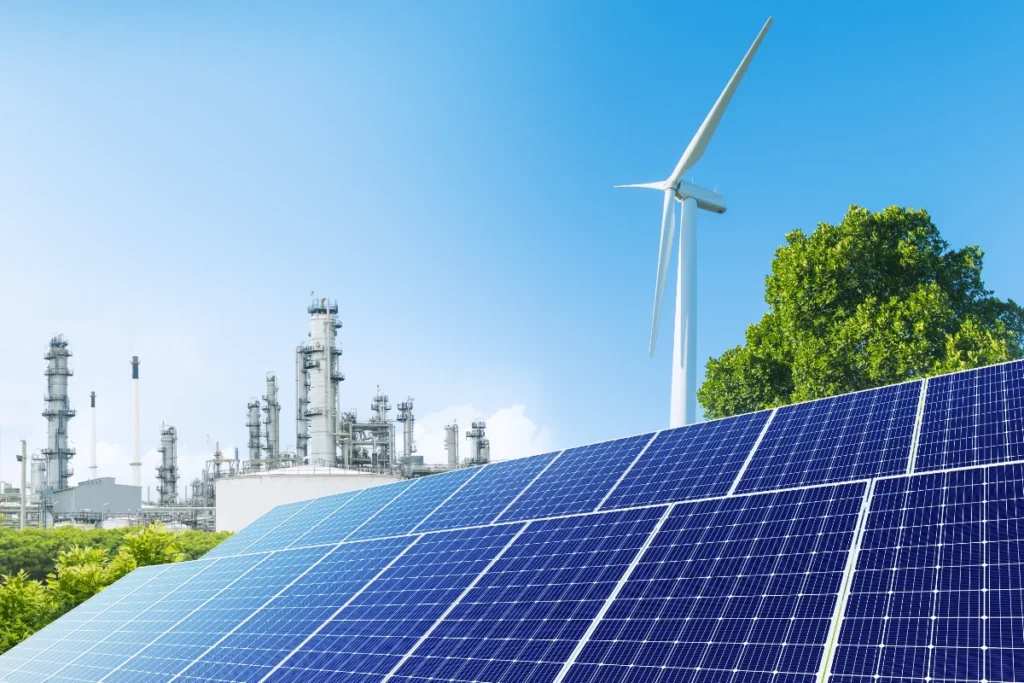
The wholesale electricity market constantly evolves to keep up with technological changes and growth coming from beneficial electrification. Empire Electric Association’s wholesale power supplier, Tri-State Generation and Transmission Association, works to maintain its competitive edge in the marketplace with affordable power prices and its commitment to reliably deliver power across four Western states to over 1 million people.
Studying the changing generation landscape and analyzing recent extreme weather has helped Tri-State understand that using traditional planning methods alone will not allow it to fully demonstrate its reliability commitment to its members. The increase in intermittent power resources, and the continued importance of dispatchable power plants that can provide power on command, has driven Tri-State to develop what it has defined as “Level 2 Reliability Metrics.”
Traditional energy resource planning has focused on demonstrating enough reserve generation capacity to ensure outages would occur only one day in 10 years. The idea is to plan for enough generation to meet peak load plus reserve capacity that accounts for generation outages or extraordinary events, such as extreme winter storms.
This is an effective planning process when most generation assets are dispatchable or can generate power on command if they have fuel and are operational. An example of a dispatchable generator is a natural gas power plant. Unless something at the plant breaks or it runs out of gas, it can generate power when needed.
Solar is an example of an intermittent, nondispatchable power resource. Sunlight, which makes solar power generation possible, is not available on demand. Sun exposure potential is very predictable, but the uncertainty of cloud cover makes it difficult to predict actual power output even during daylight hours. The increased complexity of resource planning by the growing percentage of nondispatchable resources and increasingly frequent extreme weather conditions has caused Tri-State to reconsider its reliability metrics.
Tri-State continues to plan for the industry standard of one day in 10 years loss of load expectation while maintaining its self-defined Level 2 reliability metrics. Level 2 reliability demonstrates that Tri-State can meet its member cooperatives’ needs even during extreme weather events. To determine the resources required, Tri-State performs computer simulations using different generation resource mixes subjected to extreme weather events to see if it still has enough power for its members without requiring power purchases from the open market.
Level 2 reliability is just one reason EEA continues to prefer Tri-State as its power supplier. Tri-State is on track to achieve regulatory clean energy requirements on time, all while keeping rates affordable. EEA’s new wholesale energy supply contract provides EEA membership with the opportunity to increase self-supply from 5% to 20%, with an additional 40% available through Tri-State’s innovative Bring Your Own Resource program.
The best part is that all of this comes from a fellow cooperative that shares our values and focuses on us and not on profits. Being a Tri-State member is truly a next-level experience.











